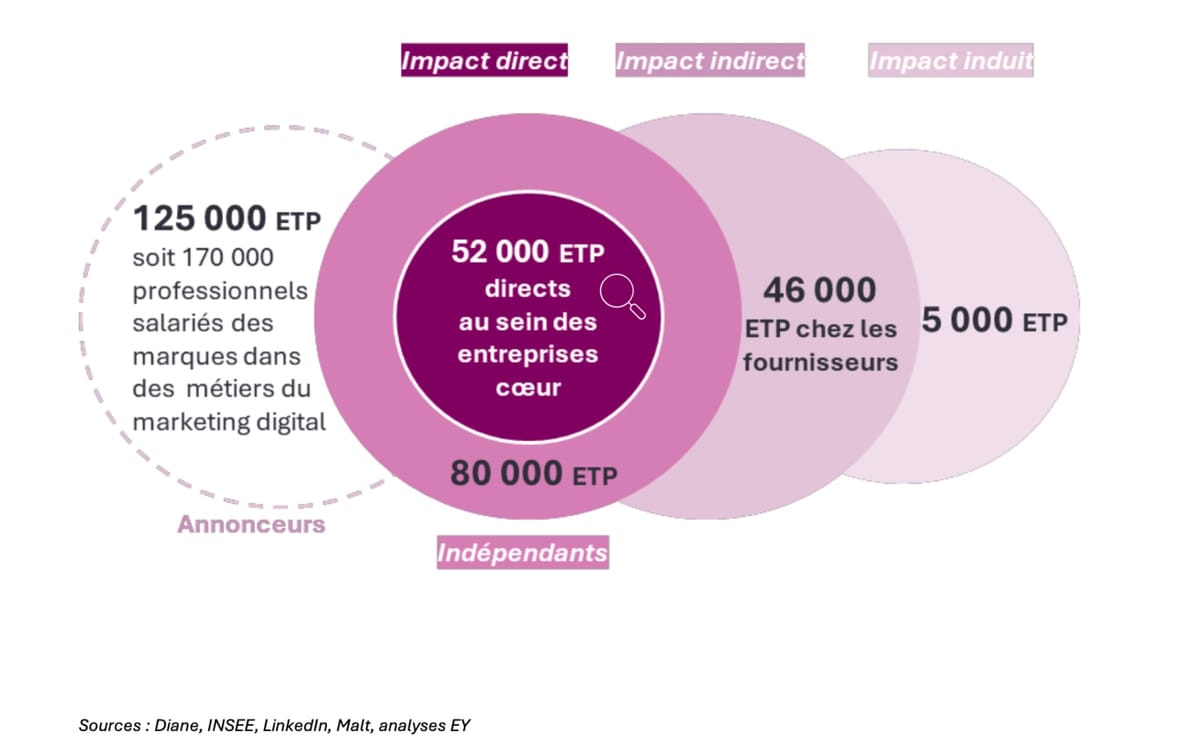What is Media Buying?
Media buying involves the purchase of ad space and time on both digital and offline platforms. These platforms can range from websites and social media channels to traditional platforms like radio and television. Media buyers are the ones who get brands in front of their target audience. They are tasked with negotiating with publishers for ad inventory, managing budgets, and optimizing ads to improve campaign performance.
Media Buying vs. Media Planning
Media buying and media planning are two interconnected roles in an ad campaign. Media planners outline the campaign’s goals, focusing on the overall strategy, while media buyers implement these goals. The planning phase determines what media will be most effective to reach a particular audience. The buying phase involves deal negotiations and budget management.
Types of Media Buying
Media buying falls into two broad categories: direct and programmatic. Direct buying involves purchasing ad space directly from a publisher and involves direct negotiations. Programmatic buying, on the other hand, automates the buying and selling process. It uses algorithms to place ads and this process happens in real-time. The benefits of programmatic buying include precision targeting, the ability to participate in many exchanges at once, and reduced cost of placing ads.
How Digital Media Buying Works
Digital media buying involves three components: Demand-side platforms (DSP), Supply-side platforms (SSP), and Ad exchanges. DSP is where advertisers and ad agencies set up their campaigns, bid on ad inventory, and optimize their ads. SSP is where publishers sell their ad inventory. Ad exchanges are virtual marketplaces that connect DSPs to SSPs, facilitating the buying and selling of ad inventory through real-time bidding.
The Media Buying Process
The media buying process starts with reviewing the media plan, which includes goals, timelines, target audience, and total budget. The media buyer then develops a list of media outlets where they’d like to buy ad space. They send a request for proposal (RFP) to each outlet and evaluate the responses to make buying decisions. Once the placements are final, they send insertion orders to the ad inventory vendors, deliver the ads, and monitor the campaign’s performance.
Media Buying Tips
Successful media buying requires a well-planned strategy. Identifying your target audience and experimenting with where exactly to reach them is crucial. Also, it’s important to track the performance of your campaigns and adjust quickly to optimize results.
Best Digital Media Buying Platforms
Several platforms facilitate media buying. Google Display & Video 360, The Trade Desk, Amazon DSP, and AdRoll are among the top platforms recommended by marketing experts. These platforms offer a range of features to help you reach your target audience effectively and measure the performance of your campaigns.
In conclusion, media buying is a powerful tool for brands to get in front of their target audience. Whether you are a large outfit or a small-to-medium business, adopting a multi-channel approach to media buying can ensure your brand’s ad gets in front of your ideal customer. For more insightful articles on marketing and technology, visit martechtrend.com.





Leave a Reply